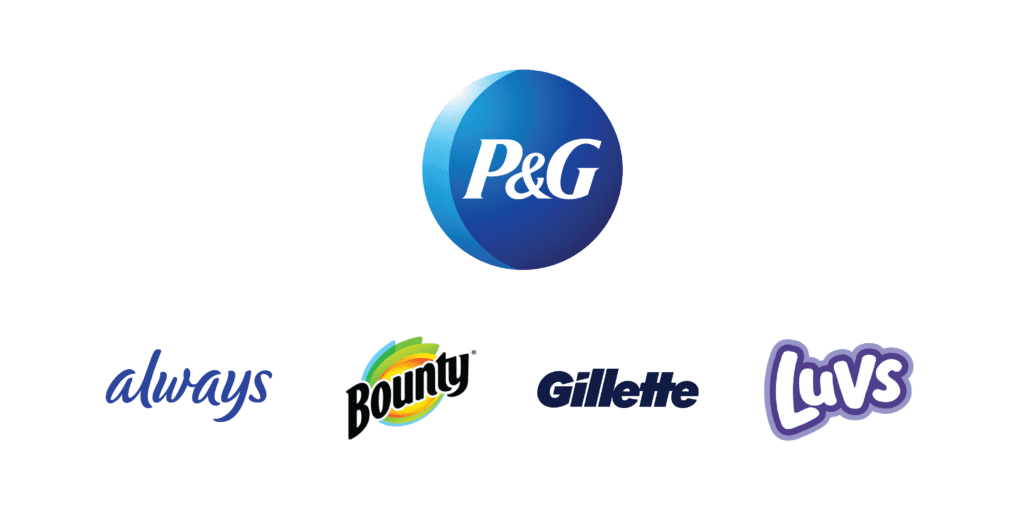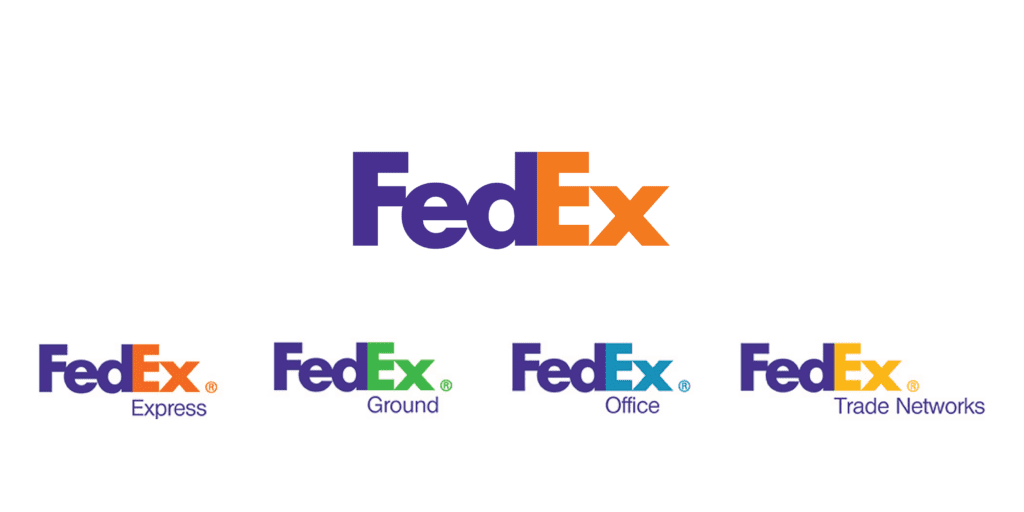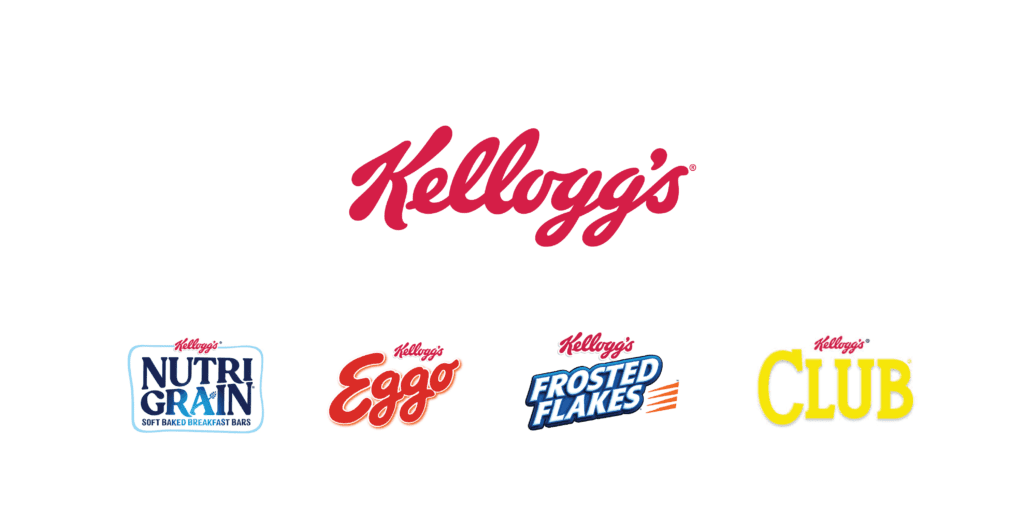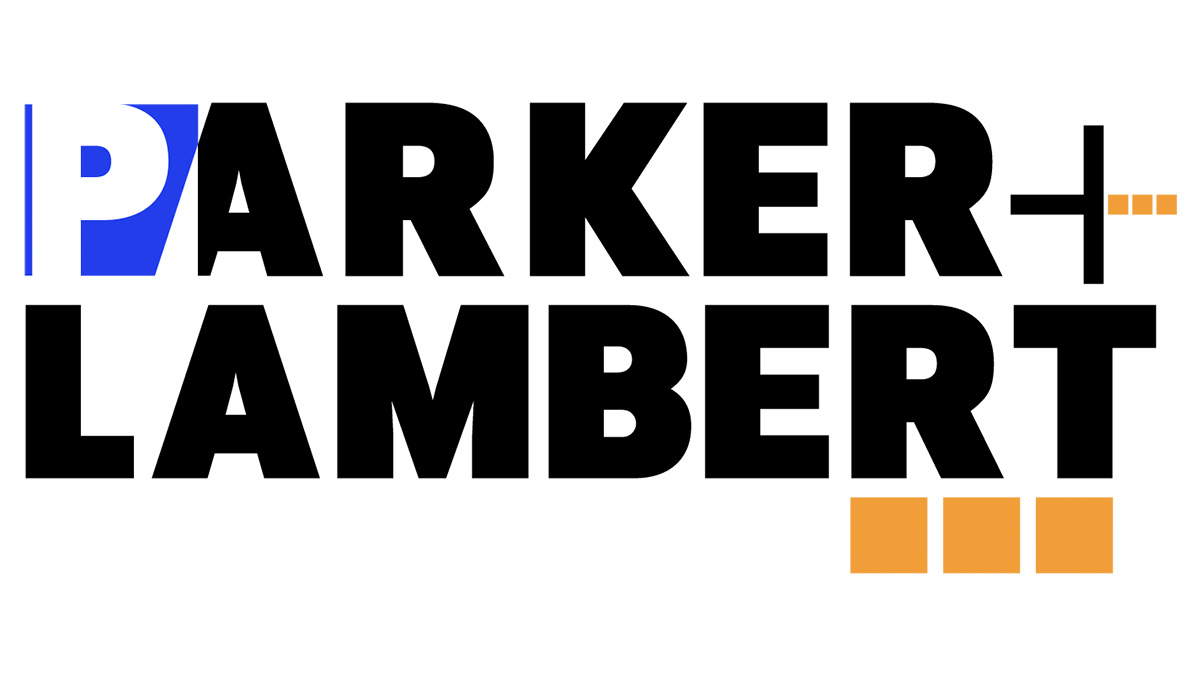A Beginner’s Guide to Brand Hierarchy Models
In the early phases of any business, a company’s identity is most often defined by their flagship product or service. But as a startup scales into an established company, its offerings grow more diversified—as does the complexity of its branding. Oftentimes, your customers might need help differentiating between one product and another as your ecosystem grows more diverse.
Brand hierarchy models can help your business better manage its portfolio of brands. Not only can these reliable models assist with highlighting your various products and services, but they also keep those endeavors aligned with your overall corporate strategy. These proven methods can clarify your marketing efforts, reduce customer confusion, and extend your core values across a vast array of products.
Understanding Brand Hierarchies
More often than not, if a company has multiple product or service offerings, it will have organized these components into a distinct hierarchy.
Consumers interact with many of these hierarchies intuitively. When we use an iPhone, MacBook, or iMusic, we interact with discrete components of Apple’s corporate brand. But we tend to regard these components individually, meaning they all have positioning aspects that are slightly different from one another.
Using a brand hierarchy, we can break a gigantic entity like Apple into digestible parts and make its portfolio easier to understand for customers, designers, and marketing teams alike. Here are the key components of a brand hierarchy:
- Corporate Brand: This is the top-level brand representing your entire organization. A corporate brand often embodies the company’s values, mission, and reputation. It speaks, in the largest sense, to what a company represents in the marketplace. Examples would include Amazon, Target, Honda, or Nike.
- Family Brand: Also known as an umbrella brand, a family brand encompasses a group of related products offered under a single brand name. Each product benefits from the reputation and recognition of its family brand. Examples would include Converse or Jordan Brand, both family brands of shoes existing inside Nike’s hierarchy.
- Individual Brand: This is a separate brand created for a specific product or product line. All individual brands have their own identity and positioning—such as Air Jordan, a specific shoe from the Jordan Brand line.
- Modifier: These are elements added to a brand name to signify a specific variant, version, or product attribute. You can usually spot a brand modifier in terms like “Lite,” “Premium,” or “Pro.” These products exist along the lowest levels of a brand hierarchy, but they are among the most commonly encountered by consumers. An example might be a limited edition Air Jordan or the iPhone 15 Pro.
Finding the Right Model for Your Brand
Different brands look to emphasize different aspects of their hierarchical structure. While an established brand like BMW might want to attach their corporate brand—and all its values— to anything they produce, a more diversified brand like PepsiCo might want to soften their corporate presence in favor of smaller nodes.
The complex needs of different companies has given rise to a set of universal brand models. You can use these to better understand your own product lines:
House of Brands: In this model, a company markets multiple individual brands, each with its own unique name and identity. The corporate brand is often invisible to consumers, which allows for targeted marketing strategies for each product or service. Because all products are presented independently from the brand hierarchy, a company minimizes risk should one brand face issues or struggle to gain a foothold. In other words, all products are encapsulated from one another. Procter & Gamble, Unilever, PepsiCo, and General Motors are all examples.

Branded House: Here, the corporate brand is the dominant brand, and all products are marketed under its banner. This model is terrific for companies associated with different types of products because it leverages the strength and recognition of a corporate brand to support clustered offerings. Samsung identifies their family brands directly by their corporate identity: Samsung Electronics, Samsung Mobile, Samsung Home Appliances, and so on.

Endorsed Brands: In this model, individual brands are endorsed by their corporate brand. The corporate brand provides its credibility and assurance, while still allowing the individual brands to maintain their own identity. Marriott International, for instance, uses its corporate brand to endorse separate offerings like Courtyard by Marriott, Residence Inn by Marriott, and JW Marriott. Another example would be the Kellogg Company.

Sub-Brands: In this model, a company combines its strong corporate brand with individual sub-brands, which can benefit from the corporate brand’s overall reputation while maintaining a certain level of differentiation. Examples include Amazon (Amazon Prime, Amazon Alexa, Amazon Kindle) and Apple (Apple iPhone, Apple MacBook, Apple TV).

Some Bonus Brand Lingo
While the above models encompass most hierarchical branding systems, there are a few additional formats worth mentioning.
Private Brands, Owned Brands, and House Brands: These are brands owned and operated by a retailer. Safeway, for instance, sells under a number of house brands, including O Organics, Open Nature, Signature Select, and Lucerne. Likewise, Target has over 50 owned brands, including Boots & Barkley, Good & Gather, and Cat & Jack. (Target sure loves their ampersands…)
Captive Brands: This term is often used interchangeably with “private brand”. It can also refer to a brand or sub-brand that is operated by a well-known manufacturer, but which is offered exclusively at a particular retailer. Mossimo, a clothing brand that was a style trend setter for several years during the 1990s, licensed its products exclusively to Target in 2000 and remained a captive brand until Target discontinued the line in 2017.
Setting Your Hierarchy
As your business grows, you will likely need a better understanding of how all your products and services interact across your corporate brand. Once you break your company down into a specific brand hierarchy, you can begin structuring these different offerings into a cohesive system.
Thankfully, a number of brand hierarchy models have been developed to organize all the different ways a company might express itself in the market. From a product-centric model like a House of Brands to a values-centric model like Endorsed Brands, these structures allow you to distill the essence of your company at any scale.
Want some help with your brand? We might be able to do that. Let’s chat!

